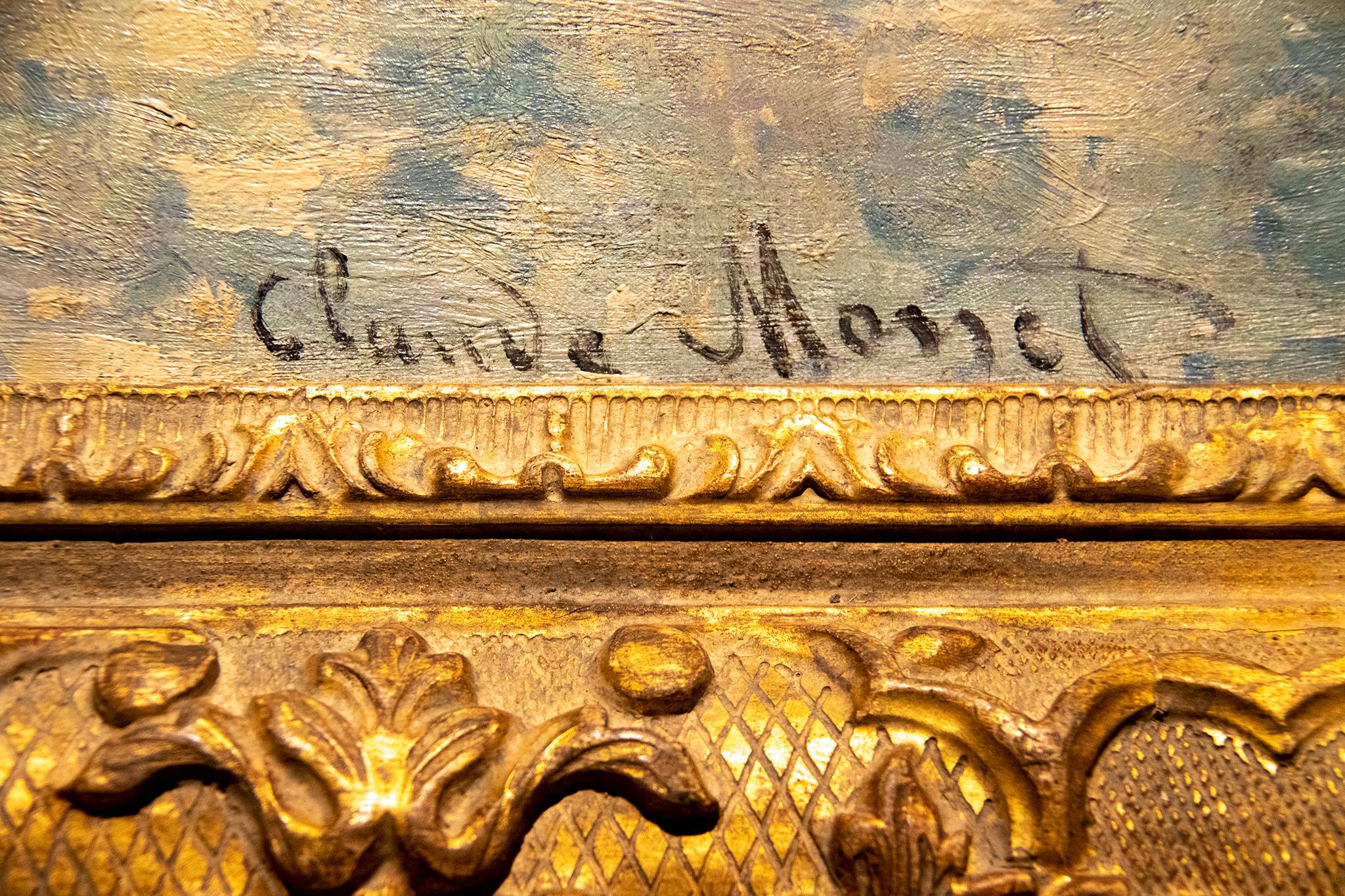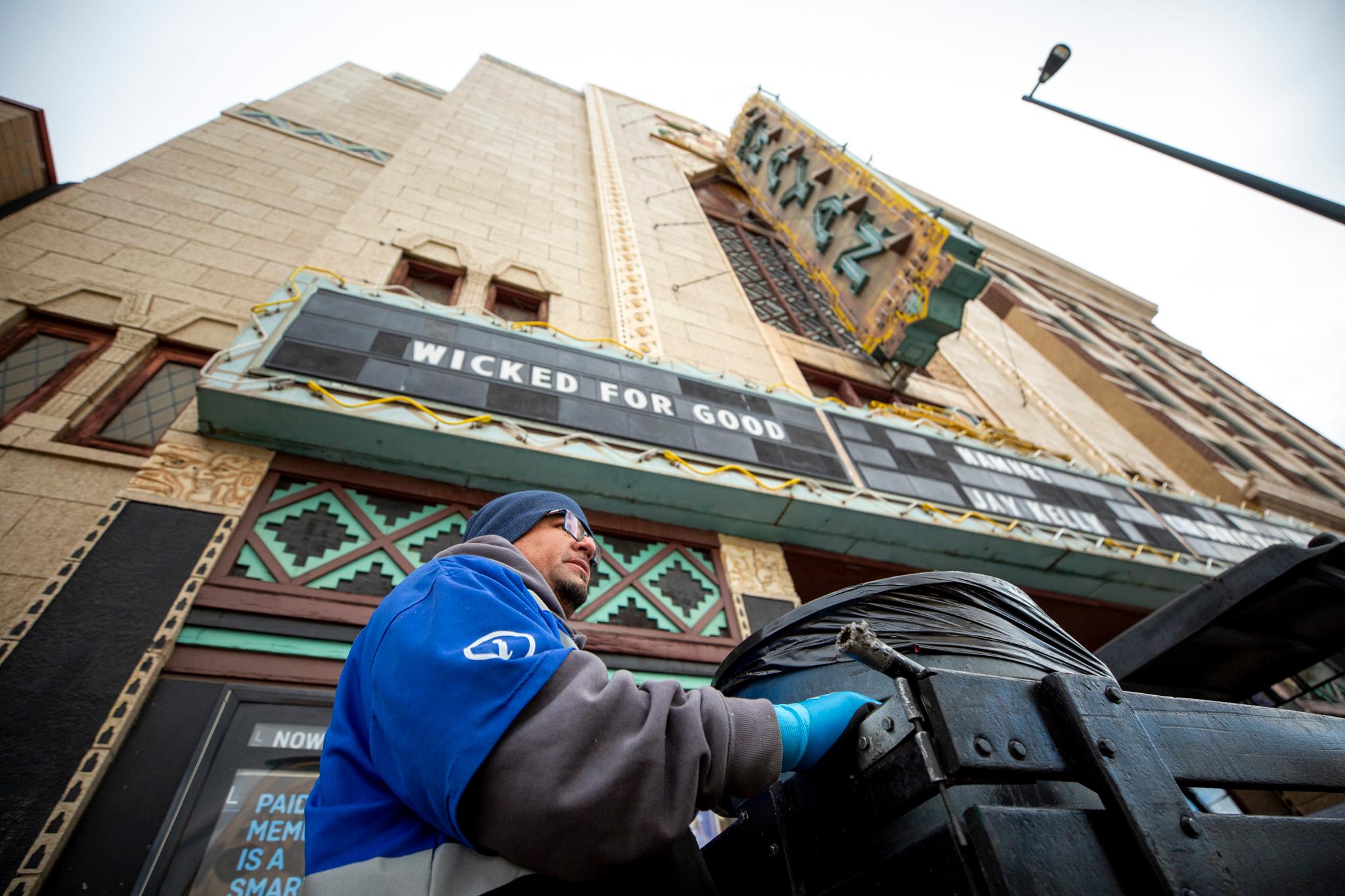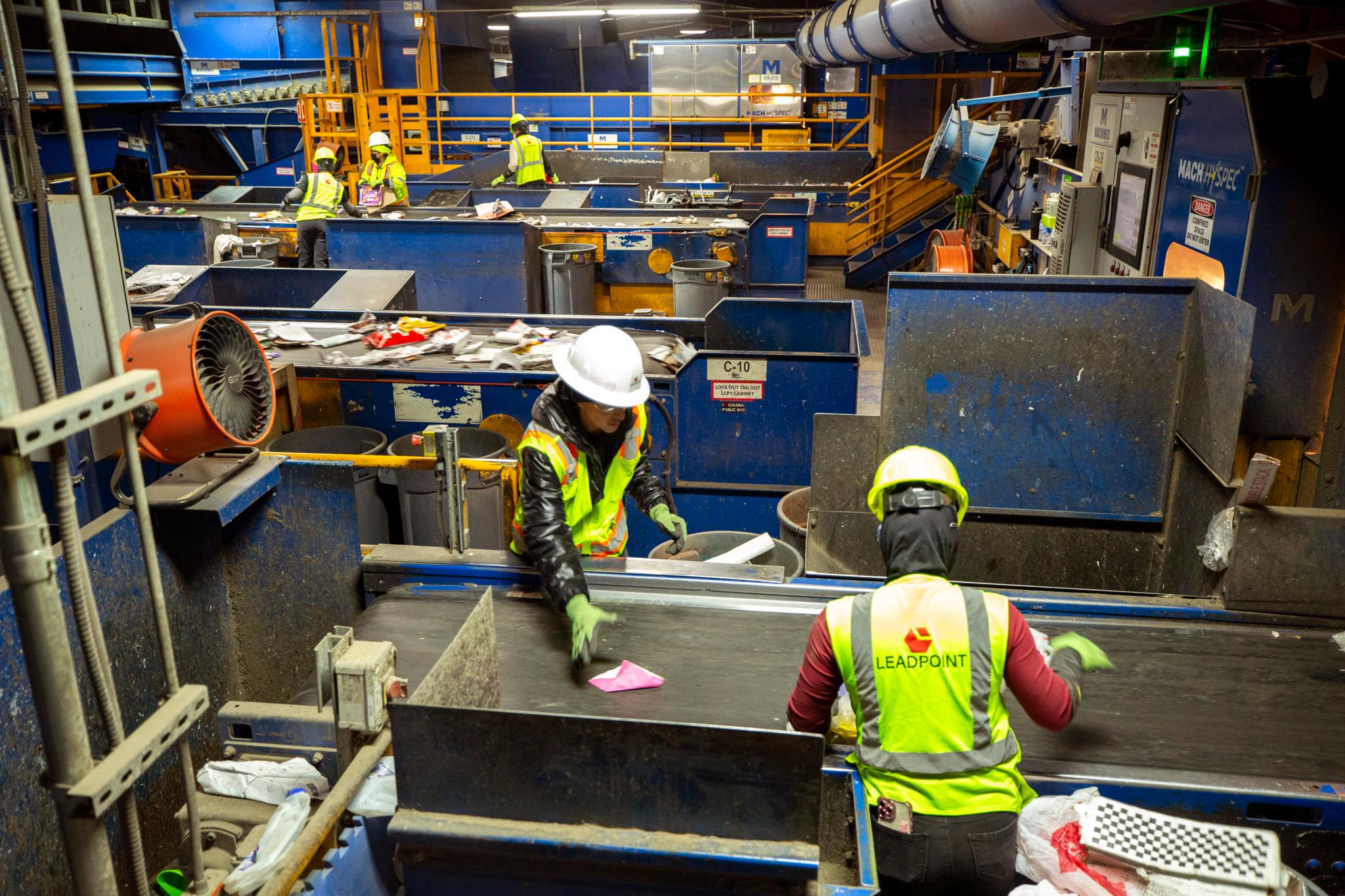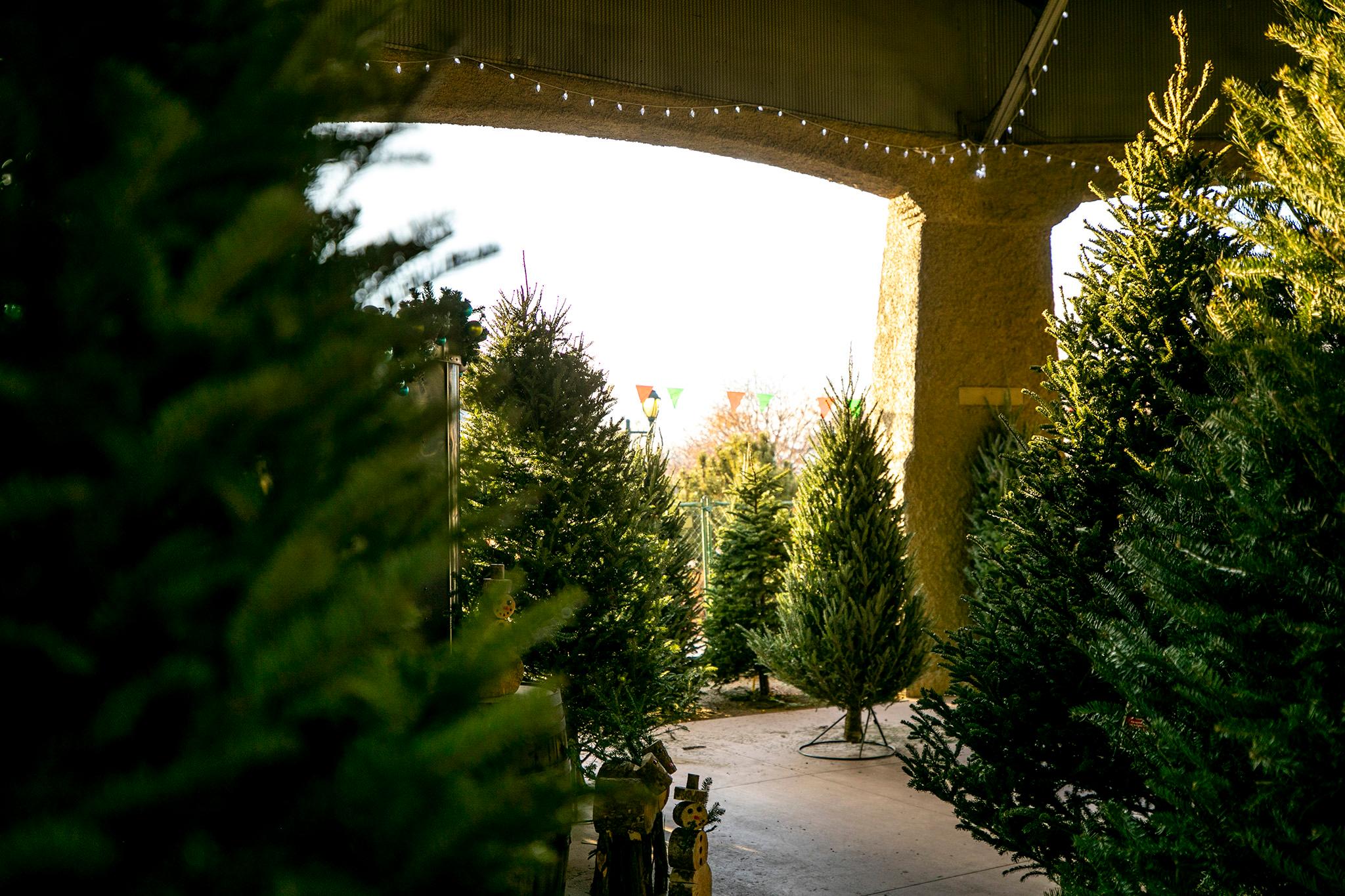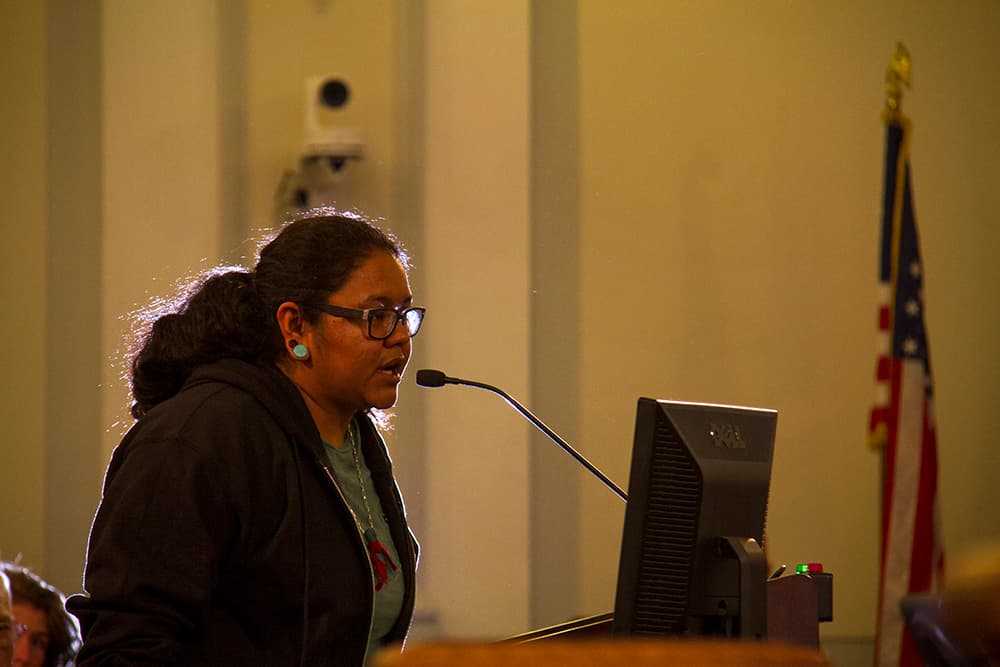Art means something. What it means is a matter of perspective. In a lot of ways, it's really up to you.
So what it means for the Denver Art Museum to be host to the biggest Claude Monet exhibition in the United States in 25 years, and what it means to be one of only two cities in the world to host it, is a lot. It means a lot to the museum and to Denver tourism and to the kid in Ruby Hill who might not ever go to France.
"Claude Monet: The Truth of Nature," will feature 124 paintings spanning the artist's career and capturing his relationship with nature. It came together through three and a half years of work -- a combined effort between the Denver Art Museum and the Museum Barberini in Potsdam, Germany, where the exhibition will reappear in the spring of next year. The entire Denver Art Museum staff is in at least some small way involved. That's about 200 full-time staff and about 120 part-time staff led by Director Christoph Heinrich and Chief Curator Angelica Daneo.
It started with a conversation between Heinrich and Museum Barbarini Director Ortrub Westheider -- old friends who came up in the global art world together as curators-in-training. Now each at the helm of a metropolitan museum, the idea to work together came easily.
"They saw an opportunity to merge our respective holdings of Monet works," Daneo said. "We realized we never had an exhibition entirely dedicated to Monet ... here at Denver Art Museum."
But two museums' collections don't make a marquee exhibit. The DAM only has six. The hardest, slowest-going part was getting the rest of the paintings, which would eventually come on loan from the Musée d'Orsay and the Musée Marmottan Monet in Paris, the Museum of Fine Arts in Boston, the Metropolitan Museum of Art in New York and The Art Institute of Chicago.
What hangs on the walls of the DAM now is an international effort.
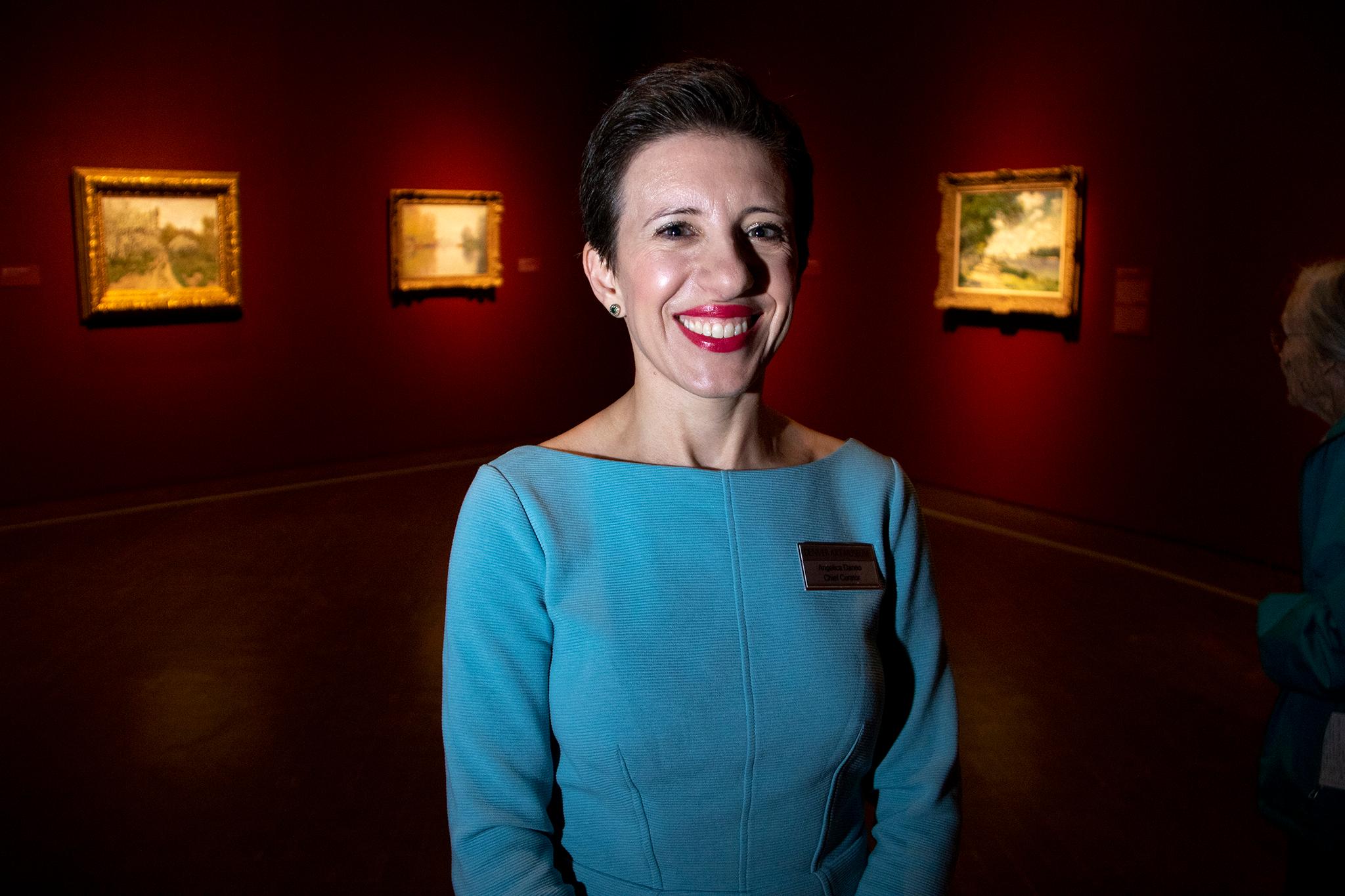
"If we didn't have already a solid reputation on the way we mount exhibitions, the way we present the art, the professionalism behind the handling, we could not get these loans," Daneo said. "It's a remarkably small community. I hate to boast but, yes, certainly the reputation of the museum allows us to get the loans."
The DAM raises its profile each year, she added, and it's not just because they're good at handling the art. It's about the choices they make, balancing the Monet and Edgar Degas exhibits with local artists like Jordan Casteel or fun and highly interactive exhibits like "Serious Play: Design in Midcentury America."
"We know that to be relevant we need to do programs that are engaging and are interesting to a wide range of visitors," Daneo said.
Longtime Denver art critic Ray Rinaldi, who saw the full exhibit in a media preview Thursday, called the show interesting, important, well done and a big move.
"I think it does position the Denver Art Museum as, you know, an international player," he said, "at least in the world of blockbuster and exhibit."
And there's the caveat. Invariably, with a big exhibition like this -- or the Dior show, or the Degas show -- there's a question of whether the museum is using its power the best way it can, whether it should be funding something more challenging.
The Denver Art Museum is "well-positioned to take risks," Rinaldi said. It has a strong base of support and can afford to fail.
"I think that this Monet exhibit is very conservative. I mean, it positions him as like an important figure in our history, but it doesn't make him socially relevant," he said. "People look to art to help us understand our world. And in that regard, I don't think the exhibit offers much to present-day audiences.
"There's a lot of important work museums need to be doing to help people, to help them cope. And Monet does not feel like that work. And it's the same with the fashion-based exhibits -- they're well done and they're popular, but they're irrelevant. They dwell in the world of rich people. They don't dwell in the real world that we're all concerned with."
It's the people of Denver and the metro area who will really be the judges of this show.
A global art community might be taking special notice of Denver this year but Coloradans are, unsurprisingly, the museum's biggest audience.
Over the last three fiscal years -- when the DAM mounted marquee exhibits showcasing Degas, "Star Wars" costumes and artwork, and Samurai armor -- the museum has had a consistent breakdown in where its visitors come from. Each year, 68 percent came from in the seven-county Scientific and Cultural Facilities District, 10 percent came from the rest of Colorado, 17 to 20 percent came from elsewhere in the U.S. and 1 to 2 percent came from outside the country, according to DAM Communications Associate Jena Pruett. Museum staff expect the breakdown to be similar for the Monet exhibition.
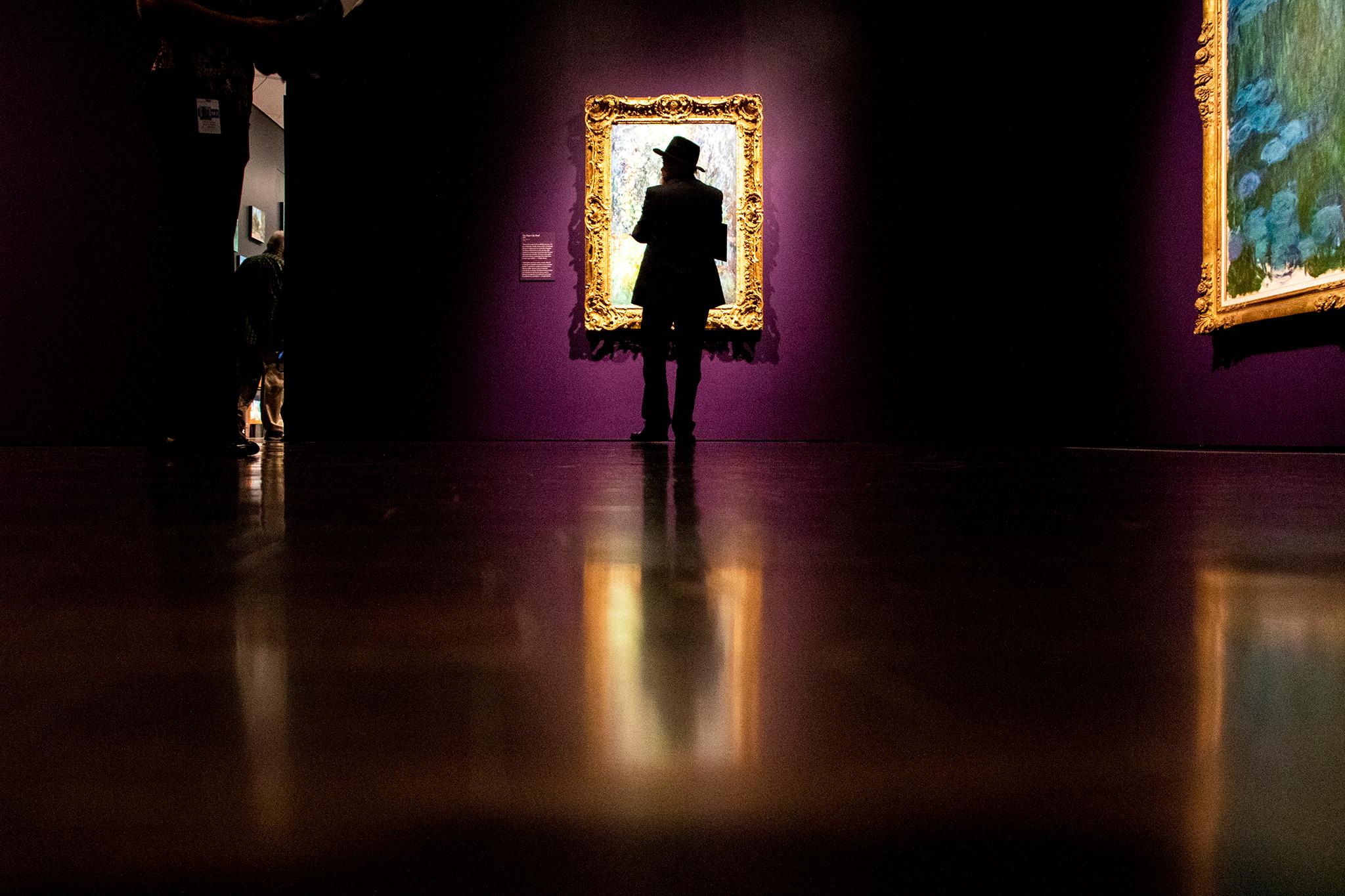
Tourists aside, that's thousands and thousands of Denver-area people who will see a monumental exhibition of one of the world's most famous artists. It's a chance to get up close enough to see the brush strokes of artwork you'd otherwise only seen through a computer screen.
The city and specifically Visit Denver, of course, have an interest and a hand in broadening the Denver Art Museum's reach. Visit Denver is a sponsor of the Monet show and helps with promotion. Jayne Buck, the vice president of tourism for Visit Denver, said they partner with 12 local hotels for Denver Art Museum ticket promotions. They also promote exhibits like "The Truth of Nature" around and outside the state, on social media and through PR efforts.
It's all part of a larger effort to bring visitors to the city, one in which they're also promoting sports, dining and the outdoors, among other things. Understanding the impact of blockbuster art shows is more art than science, but they know it's important.
"I mean, the arts is a huge component of our appeal, there's no question," Buck said. "... I know anecdotally restaurants that have benefited from [shows like] this, and they benefit from Arts Week."
And, same it does for the DAM itself, an exhibition like this one raises Denver's profile as a city.
"Because we're the only U.S. venue, because it has that Potsdam, Germany connection, because it will be on the tips of tongues of art aficionados -- you begin to raise your level of stature. It's a pretty competitive world out there," Buck said. "We're playing with the big guys. We're in the mix with the institutions that have a much longer history of putting on these exhibitions."
With greater stature comes greater expectations.
As the city's biggest, best-funded art museum, the DAM's choices send a message.
"It's like: This is what your city says is the most important thing for you to be looking at right now," Rinaldi said.
"But it's not the most important thing for you to be looking at right now. Right now you need to look at work that addresses race, and you need to look at work that addresses the environment, and you need to look at work that addresses equity and political corruption and the overall feeling that we're all sort of scared of what happens next. Like, this is where art can step up. This is where a well-funded museum with some courage can step up."
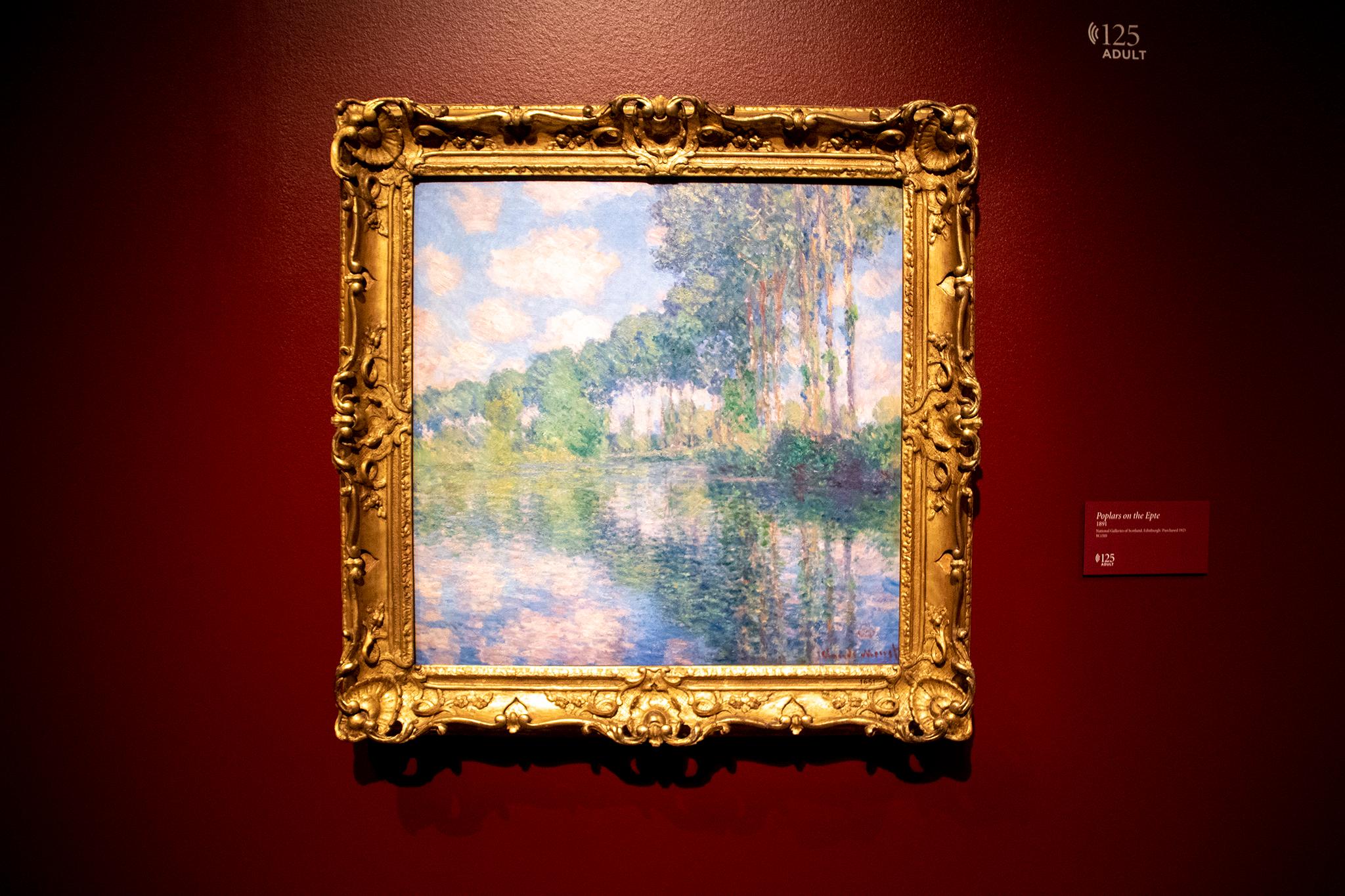
This isn't just the DAM's problem. Every major museum (and even the smaller ones) has to tackle programming with both artistic expectations and business practicalities in mind.
Tim Schneider, the art business editor at Artnet News, said museums everywhere are drawn to blockbuster programming because it gets them greater awareness, bigger attendance and, often, more funding. They also get caught chasing a high. In his reporting, he's seen that one big show can create an attendance spike, but then the audience has higher expectations, so the next big show has to be even bigger to generate another spike.
That's a problem because blockbuster exhibitions are "very, very expensive." And that's a problem because it makes it riskier for museums to go big on a lesser-known or possibly polarizing artist.
The value in picking the more challenging artist, though, is in the reputation it'll earn the museum -- particularly if it's a hit.
"There is civic value in art for art's sake," Schneider said. "... But by putting all of your resources into exhibiting the work of artists that we already know very well, it means that you're not going to help the public discover anything new about the thousands of other artists that are out there that are extremely deserving in their own ways and might be in some ways more relevant to what's happening in the world right now."
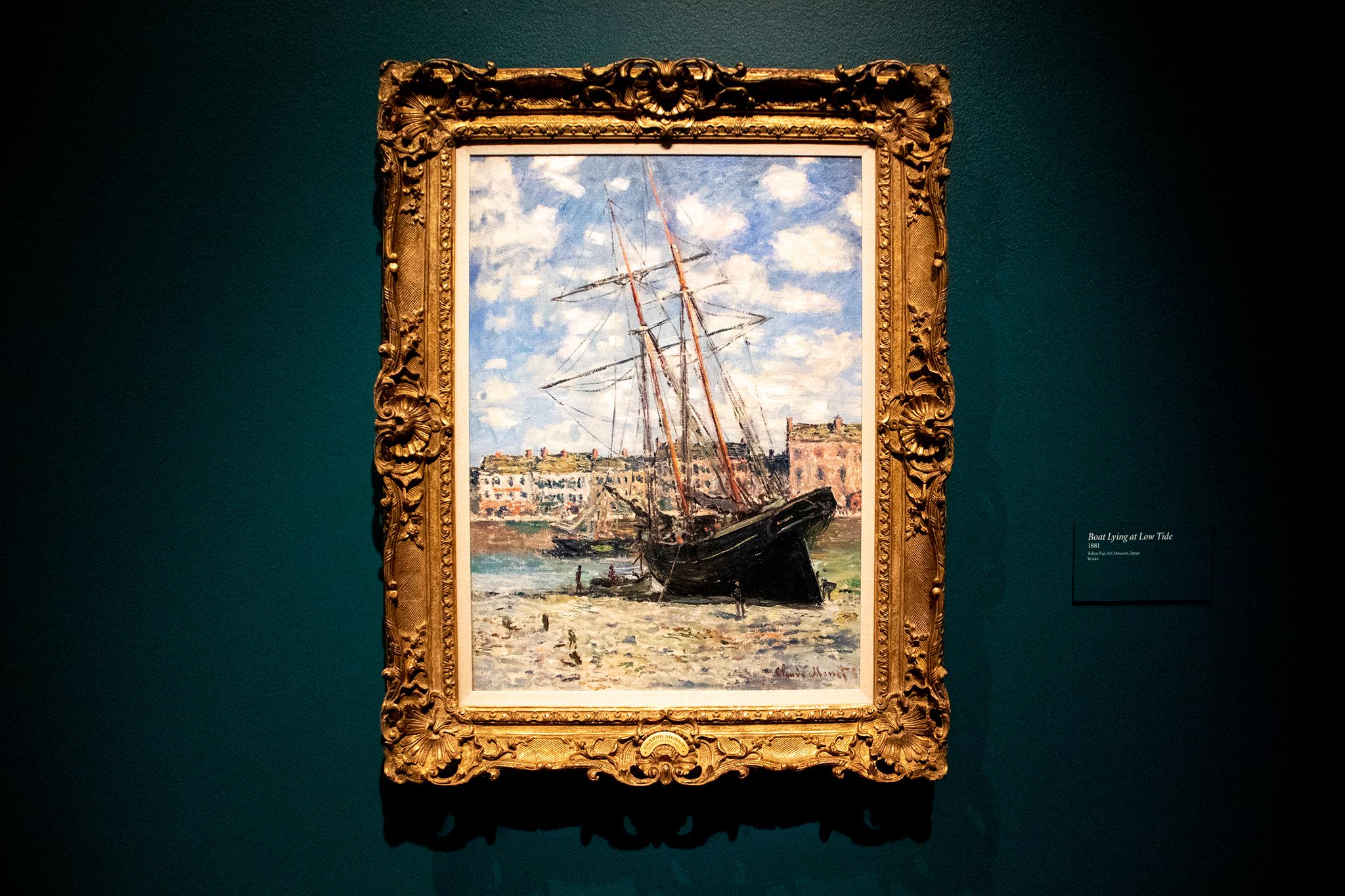
Of course, when all conversations about relevance, risk and social responsibility are said and done, an exhibition like "The Truth of Nature" is still a big deal.
"No, it's not a risk, but it's still an accomplishment to pull off," Rinaldi said. "I mean, it is really difficult to secure loans from top museums around the world. They have to trust you and they don't give the work to just anybody. I mean, I think DAM has built that trust up over time and it's largely due to the efforts of Christoph Heinrich. He's well respected and well connected and that has reflected well on the institution."
And the rewards for that effort and reputation trickle down, opening up new worlds to anyone who can get a ticket to the show.
"I think it's so important that this is here, not only for the Denver community but for people across Colorado," said Rep. Leslie Herod, who serves as chair of the art caucus for the state's General Assembly. "Our young people are going to be coming from all over to see this. They'll never maybe leave Colorado, they might not ever go to Paris or to the Netherlands, but they'll be able to experience this and feel this, and it's just so amazing. It's really transformative."
And regardless of whether they'll travel some day, access to world-class art in your own backyard is no small perk of living in a major metropolitan area.
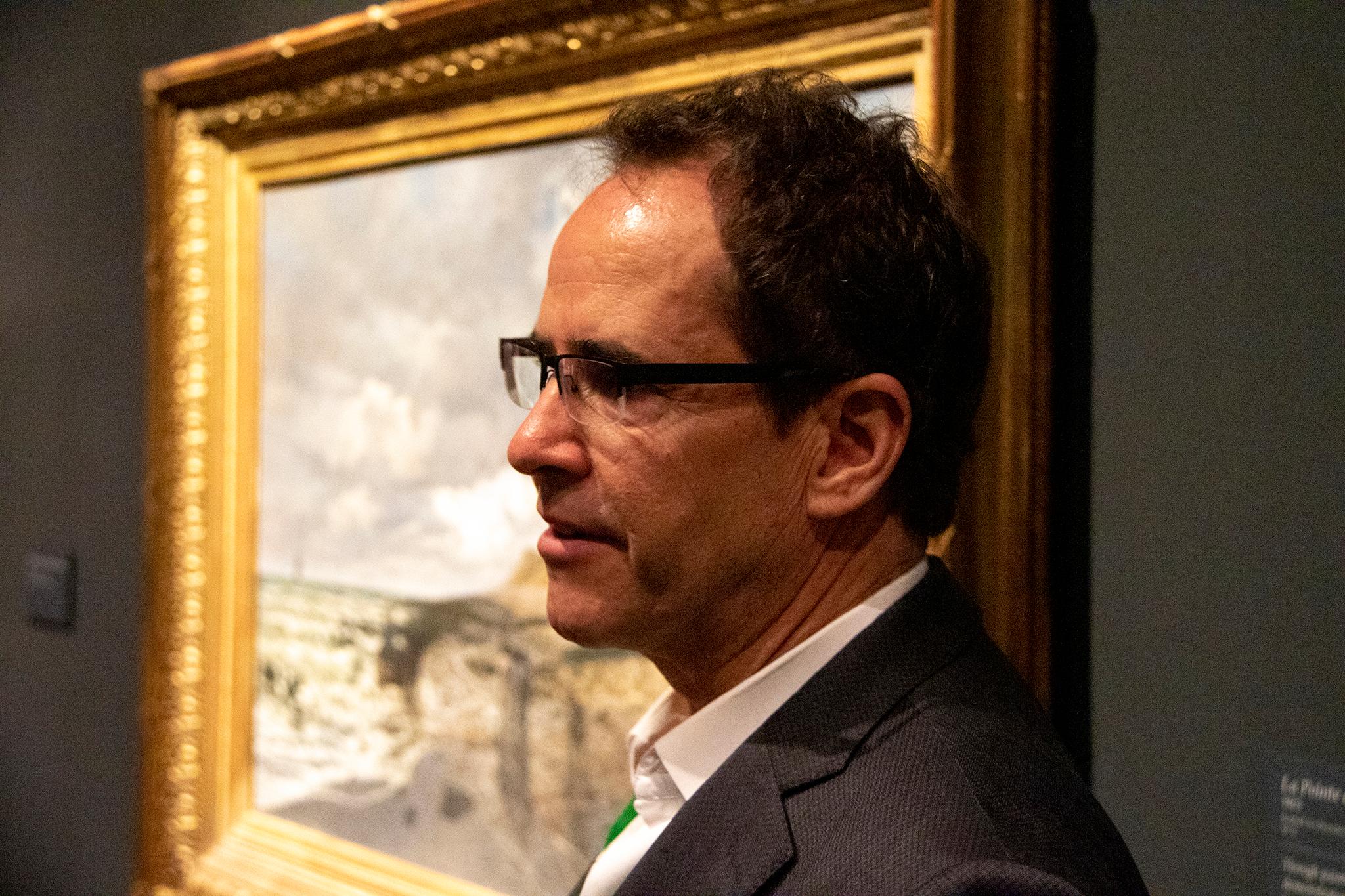
"I have two kids, 9 and 12, and what I find always fascinating is this moment where somebody realizes a painting is more than a photograph," Heinrich said, "that a painting is not just a fun, pretty moment in time -- it can be as well, it's not that it's not -- but that it is so much more and it really has its own life and is something that can stay with you."
Kids 18 and younger get free admission to the Denver Art Museum, and maximum $5 admission to special exhibitions like this one. Heinrich said the museum reaches out to schools to coordinate visits for the big shows, and they have "tons of school groups" booked to see the Monet show before regular visitor hours.
And you get to judge it for yourself, of course.
We've got everything you need to know about seeing "Claude Monet: The Truth of Nature," here.
But the basics are this:
- The show opened today.
- The show runs through Feb. 2.
- Get your ticket(s) right now.
Having seen it, we can tell you you'll probably want to block out a good chunk of time to be there. You could easily be in there for three years, though you could also power through in less than an hour (not recommended!).
If you're on the fence, consider these parting words from the curator:
"I do feel maybe some people might say, Well, I've seen Monet,' right? But I really hope that people will come because one thing is reading about Monet, one thing is seeing Monet on a poster or your cell phone screen, and one thing is seeing it in person," Daneo said.
"As a curator, I don't get to be surrounded by 124 works. It doesn't happen to me every day, either. ... Spending time with these works and looking at them for some time, it's extraordinary how much they unveil themselves, how much they reveal things. You spend time with a work you think you know and you begin to see new things. You really have to be in the presence of the works to be able to appreciate that."
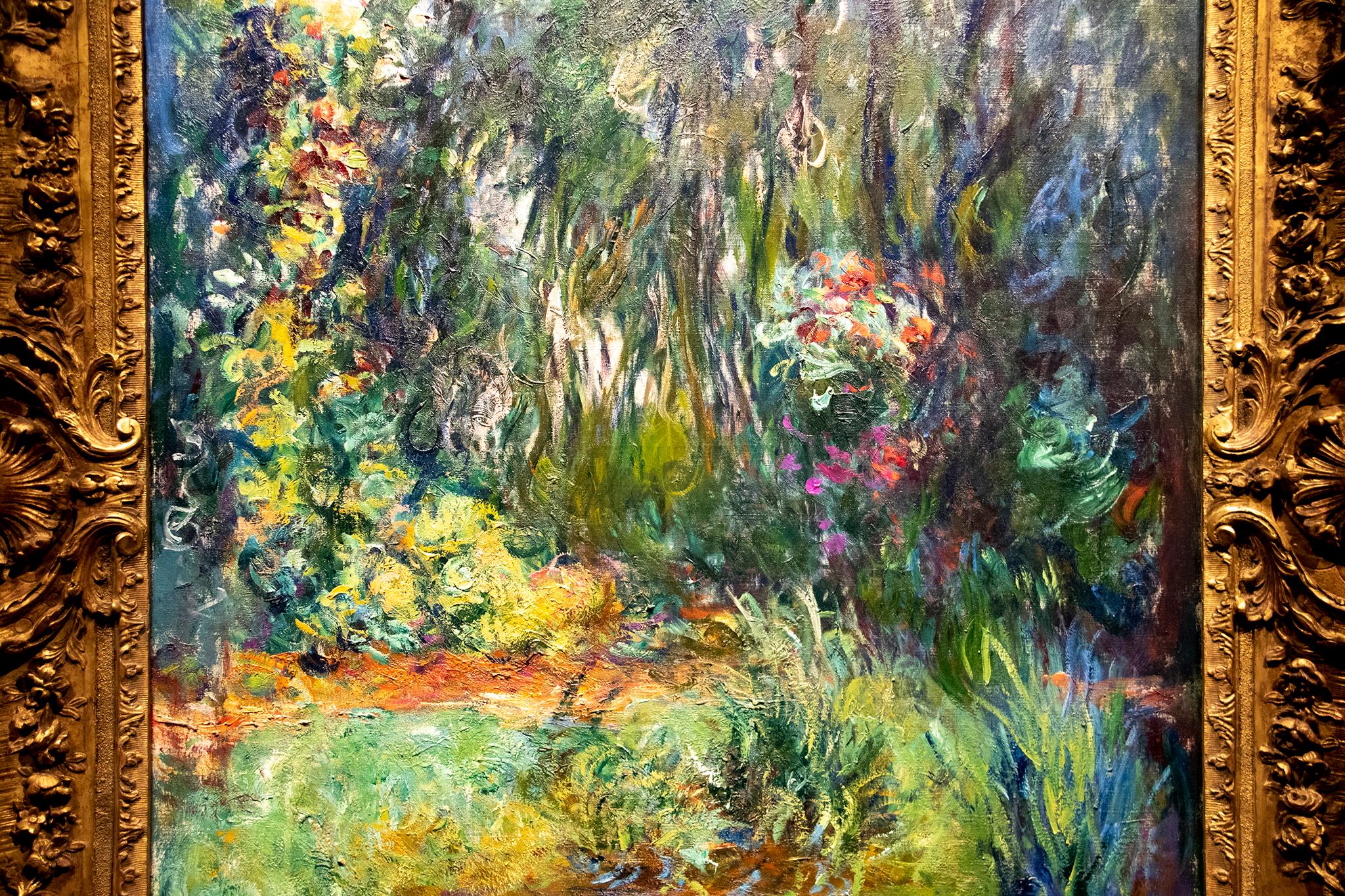
Colorado Public Radio reporter Stephanie Wolf contributed reporting to this story.

